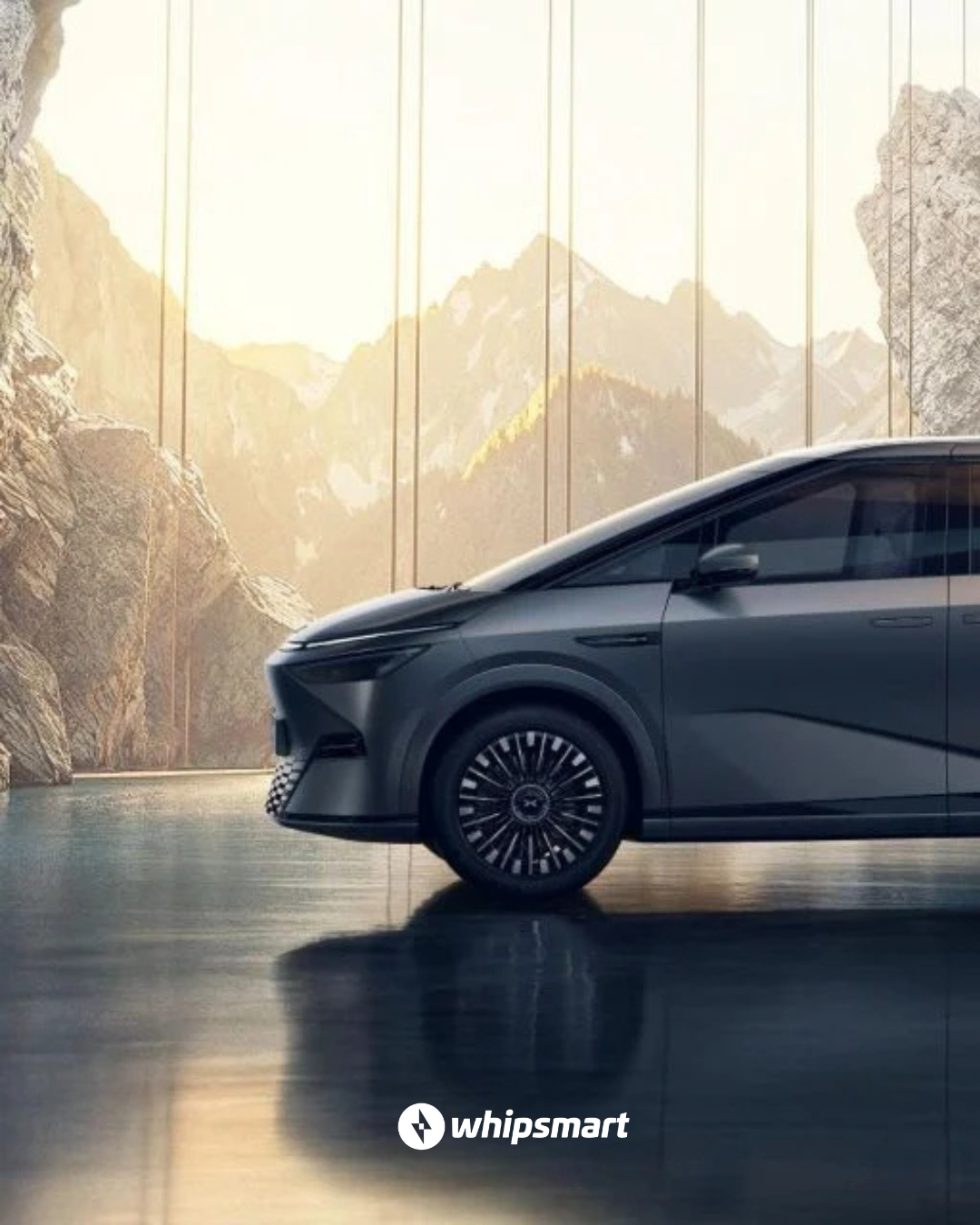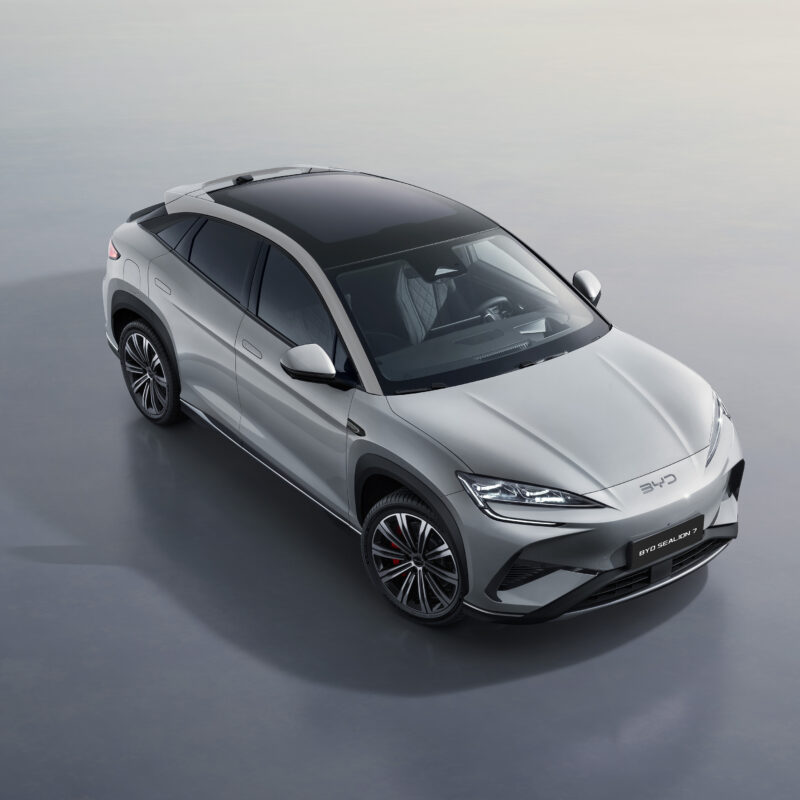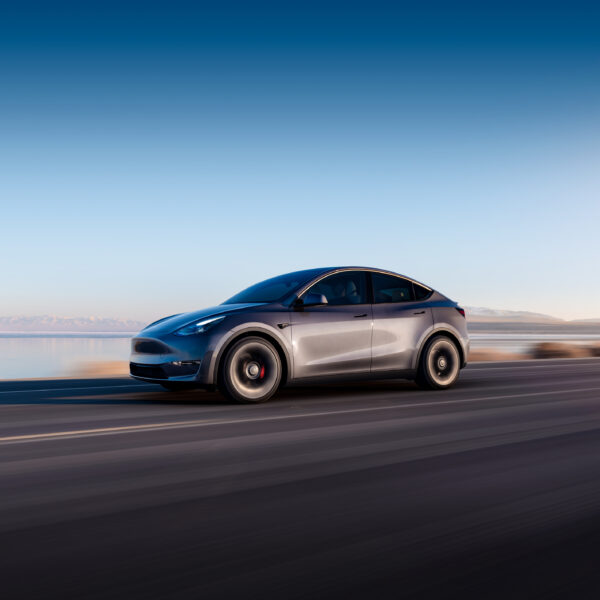
- Cutting energy costs: V2G technology allows Australian EV owners to earn money or save on electricity bills by selling excess energy back to the grid during peak demand periods, turning your car into a potential revenue generator.
- Boosting grid stability: As Australia integrates more renewable energy, V2G helps balance supply and demand by using EVs as mobile energy storage, reducing reliance on fossil-fuel-powered plants and enhancing grid resilience.
- Supporting a greener future: V2G provides consumers with a direct way to contribute to a cleaner, more sustainable energy system, making EV ownership not just a transportation choice, but a step toward a renewable-powered future.
As Australia’s electric vehicle (EV) market accelerates from a niche luxury to a mainstream choice for consumers, a transformative technology is beginning to shape the future of energy consumption—Vehicle-to-Grid (V2G) integration. V2G isn’t just a buzzword; it has the potential to revolutionize how Australians use energy, not just in their cars, but also in their homes. It’s a breakthrough that could drive down power bills, bolster the grid’s stability, and help reduce our carbon footprint, all while making EV ownership more valuable than ever.
What Is Vehicle-to-Grid Integration?
Vehicle-to-Grid (V2G) technology turns electric vehicles from simple consumers of energy into active participants in the power grid. With V2G, EVs can send excess power stored in their batteries back to the grid, instead of only drawing power from it. This bi-directional energy flow helps stabilize the grid, particularly during peak demand periods when the system is under stress.
At the core of this technology are smart charging stations, vehicles with compatible hardware and software, and a communication protocol (such as ISO 15118) that allows the vehicle and grid to sync. While V2G is still in its early stages, it’s already beginning to show promise in markets across Europe, North America, and parts of Asia. In Australia, the adoption of V2G could align with our rapidly expanding EV market, creating an ecosystem where both consumers and the environment stand to benefit.
Why Does It Matter for the Environment?
V2G integration holds tremendous promise for Australia’s environmental goals, especially in the context of our energy transition. One of the challenges of renewable energy sources like solar and wind is their intermittency—the sun doesn’t always shine, and the wind doesn’t always blow. V2G can smooth out these fluctuations by storing excess renewable energy in EV batteries when production is high and feeding it back to the grid when demand peaks or generation drops.
By using EVs as distributed storage units, V2G technology makes it easier to integrate renewable energy into the grid, reducing reliance on fossil fuels and cutting the need for carbon-intensive “peaker” plants. These plants are often turned on during high-demand periods and contribute significantly to emissions. V2G reduces their necessity, lowering greenhouse gas emissions and helping Australia meet its climate targets.
Moreover, the grid itself becomes more resilient with V2G. Traditional grids are overbuilt to handle peak demand, which can result in energy inefficiency during off-peak hours. V2G allows for smarter grid management, ensuring that energy resources are used more efficiently, which could reduce the need for infrastructure upgrades and prolong the life of renewable assets like solar panels and wind turbines.
What’s in It for Consumers?
The environmental benefits of V2G are undeniable, but for Australian consumers, the appeal of V2G goes beyond just saving the planet—it can also save them money. One of the primary advantages of V2G is the potential to lower electricity costs. In markets where dynamic or time-of-use pricing exists, EV owners can earn money by selling power back to the grid during peak demand when electricity prices are highest. This could substantially reduce their monthly energy bills.
Additionally, V2G increases the return on investment for EVs. Rather than simply using the car for personal transport, V2G-enabled vehicles offer the potential for ongoing financial benefits. For fleet operators or businesses with multiple EVs, this means their vehicles can generate revenue while not in use. For individual EV owners, particularly those with home solar systems, V2G enables them to store and monetize their excess solar energy, further optimizing their renewable energy investments.
In some configurations, V2G-capable EVs can also serve as backup power sources during outages, offering homeowners greater energy security. This is especially appealing in areas prone to extreme weather events or natural disasters, where power outages can disrupt daily life.
Finally, V2G enables consumers to play a more active role in Australia’s clean energy transition. Many Australians want their purchases to align with sustainability goals, and V2G provides an opportunity to contribute directly to reducing fossil fuel dependency and supporting local renewable energy solutions.
Which EVs Support V2G Today?
While the full potential of V2G isn’t yet available in all electric vehicles, several models are making strides toward integrating this innovative technology.
- Kia EV9: Kia’s flagship model, the EV9, already supports Vehicle-to-Load (V2L) functionality, with plans to extend this to full V2G support in regions with compatible infrastructure and regulations. This positions the EV9 as an early leader in bringing V2G benefits to Australian consumers.
- Volkswagen ID.4 and ID.5: While these vehicles are not yet V2G-ready, Volkswagen plans to roll out the necessary updates via over-the-air (OTA) software updates. Both vehicles support the CCS2 charging standard, which, when paired with appropriate software and hardware, enables V2G.
- Polestar 3: The Polestar 3, Volvo’s luxury electric SUV, includes the internal capability for V2G but requires future software updates to activate this feature fully. Like other CCS2-compatible vehicles, once the updates are in place, the Polestar 3 will be capable of participating in V2G exchanges.
What Is CCS2?
The Combined Charging System 2 (CCS2) is the standard connector for high-speed DC fast charging in electric vehicles, not just in Australia but also across Europe. This system is critical for enabling V2G functionality. However, simply having a CCS2 port does not automatically enable V2G. For the vehicle to fully support two-way energy flow, it needs additional hardware such as a bi-directional inverter and software capable of communicating with the grid.
V2G functionality is thus a combination of having the right infrastructure, hardware, and software, with many manufacturers offering future updates to unlock this capability.
V2G in Australia: A Roadmap to Commercial Adoption
Australia is uniquely positioned to benefit from V2G technology. With high levels of residential solar uptake and a growing EV market, our country offers the perfect environment for integrating V2G into the grid. According to the Roadmap for Bidirectional EV Charging—commissioned by the Australian Renewable Energy Agency (ARENA) and RACE for 2030—the potential for V2G in Australia is clear. The country already has the right conditions, including favorable energy tariffs and strong consumer engagement, but some hurdles remain, such as complex grid connection requirements and market size limitations.
Australia’s ability to lead in V2G adoption hinges on policy and regulatory alignment, including simplifying grid connection rules and providing financial incentives such as installation rebates and tariff reforms. The roadmap outlines a strategy for overcoming these barriers, ensuring that both consumers and businesses can access the benefits of V2G as part of the transition to a more sustainable, efficient energy system.
The Future
V2G technology represents more than just a technological innovation—it is a key piece of the puzzle in creating a more sustainable, resilient, and economically efficient energy ecosystem. As electric vehicles become more widespread and renewable energy continues to reshape Australia’s power grid, V2G will enable cars to serve not just as transport solutions but as active contributors to the grid.
For consumers, this translates into lower energy bills, increased energy independence, and the opportunity to participate in the larger movement toward a cleaner, greener future. For Australia as a whole, V2G could become a cornerstone of our renewable energy strategy, making our power grid smarter and more reliable.
As the market evolves, and as more manufacturers release V2G-compatible models, the potential for this technology to transform not only how we drive but how we live is vast. The question is no longer “if” but “when”—and Australia is poised to reap the rewards.









